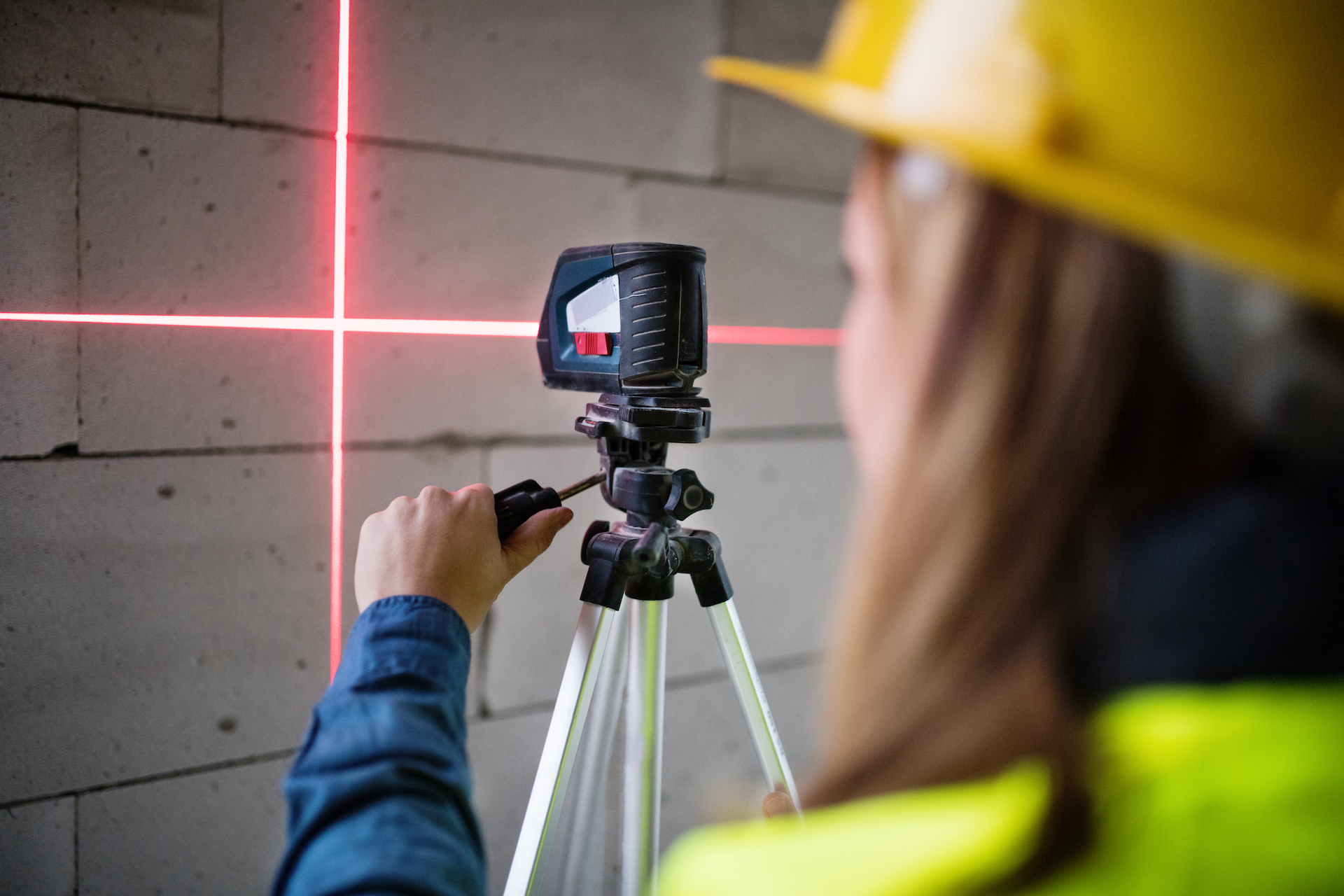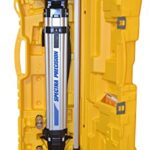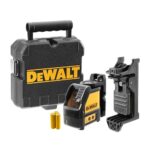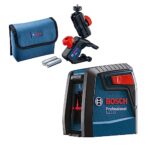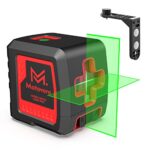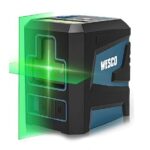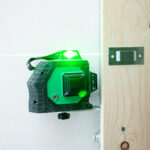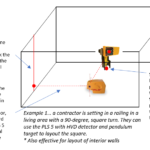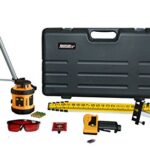A laser level is a tool used for accurate alignment. It projects a laser beam to create level lines.
Laser levels are essential for construction and DIY projects. They ensure precision in tasks like hanging pictures, installing shelves, or laying tiles. Unlike traditional levels, laser levels offer enhanced accuracy. They make the job easier and quicker. Understanding how a laser level works can save you time and effort.
It’s a must-have for anyone who values accuracy in their projects. This blog will explain what a laser level is and how it can benefit you. Whether you’re a professional or a hobbyist, a laser level can make your work more efficient. Let’s dive into the details of this handy tool.
Introduction To Laser Levels
A laser level is a tool that projects a laser beam to create a straight line. This helps in aligning objects accurately. It is often used in construction and carpentry for precision.
History
The laser level has a rich history. It began in the 1960s. Engineers and builders wanted more accuracy. Traditional tools were not enough. The first laser levels were big. They were expensive too. Over time, they became smaller. Costs dropped as well. Now, laser levels are common. Many people use them. They are affordable and easy to use.
Basic Concept
A laser level projects a beam. This beam shows a straight line. It is used for alignment. Builders and carpenters rely on it. The tool helps keep things even. Walls, floors, and ceilings stay straight. Laser levels are versatile. They can be used indoors and outdoors. They save time. They make work more efficient. Anyone can use a laser level. Simple and helpful for many jobs.
Types Of Laser Levels
Dot lasers create single points of light. These points can be used for alignment. They are easy to use. Most people use them for basic tasks. Dot lasers are good for short distances. They are small and portable.
Line lasers project a straight line. This line helps in leveling. They are perfect for tiling and cabinet installation. Line lasers are easy to set up. They can work on both horizontal and vertical planes. These lasers are more versatile than dot lasers.
Rotary lasers spin to create a 360-degree level line. These lasers are used for large projects. They are ideal for construction sites. Rotary lasers are more accurate. They can be used indoors and outdoors. These lasers often come with tripods. They are more expensive but very effective.
Components Of A Laser Level
The laser diode is the heart of a laser level. It creates the laser beam. This beam is visible and very precise. The diode is small and uses little power. It allows for long battery life. Laser diodes are used in many tools. They are safe to use but should not be pointed at eyes.
The beam splitter divides the laser beam. It creates multiple lines or dots. This is useful for aligning objects. The splitter can be a mirror or prism. It makes the laser level more flexible. You can use it for different tasks. The beam splitter is a key part of the tool.
The leveling mechanism keeps the laser level. It ensures accuracy. There are two types: manual and self-leveling. Manual leveling requires adjusting by hand. Self-leveling is automatic. It uses gravity to level itself. This saves time and effort. The leveling mechanism is very important for precision.
How Laser Levels Work
A laser level projects a beam of light. This light is very straight and bright. The light comes from a laser diode inside the tool. The diode creates light that is very focused. This makes the beam accurate and easy to see.
Many laser levels have self-leveling features. This means the tool can adjust itself. It uses an internal pendulum or sensors. These help the laser level find a true level. The tool adjusts so the beam is perfectly horizontal or vertical.
To measure with a laser level, you use a laser detector. The detector finds the beam. It shows if the beam is too high or too low. This helps you find the right level. It makes work easier and more precise.
Applications Of Laser Levels
Laser levels help builders work with precision. They ensure walls are straight. Floors are even. Measurements are accurate. This tool saves time. It reduces errors. It is vital for large projects. Small projects too. From homes to skyscrapers, laser levels are key.
Designers use laser levels for perfect decor. They hang pictures in a straight line. They place shelves evenly. They create balanced layouts. This tool helps with symmetry. It adds a professional touch. Every detail matters. Laser levels make it easier.
Gardeners use laser levels for yard work. They level the ground. They align fences. Paths are straight. Plants are in line. This tool ensures a neat garden. It makes outdoor spaces beautiful. It is a helpful friend for every landscaper.

Credit: www.contractors-tools.com
Advantages Of Using Laser Levels
Laser levels provide precise measurements. They reduce human errors. Perfect lines are guaranteed every time. Consistent accuracy is crucial in construction. This tool ensures straight and level lines.
Laser levels save time. Set up is quick. Projects are completed faster. Less manual work is needed. This tool speeds up alignment tasks. Workers can focus on other important tasks. Efficiency increases with reliable tools.
Laser levels are versatile. They work indoors and outdoors. They help in many projects. Home renovations benefit from this tool. Construction sites often use laser levels. They are useful for tiling, framing, and plumbing. One tool for many jobs.
Choosing The Right Laser Level
Every project needs a different tool. Large projects need a high-powered laser level. Small tasks may need a basic model. Think about indoor or outdoor use. Some lasers work better inside. Others are made for outside jobs. Accuracy is also key. Precise measurements matter for many tasks.
Your budget will affect your choice. High-end models cost more but have better features. Basic models are cheaper but may lack some advanced functions. Think about how often you will use it. For one-time projects, a cheaper model may be enough. For frequent use, invest in a better quality laser level.
Well-known brands often mean better quality. Check reviews and ratings. Trusted brands usually have good customer support. They also offer warranties. New brands might be cheaper but may not be as reliable. Research before you buy. Quality often comes with a higher price, but it is worth it.
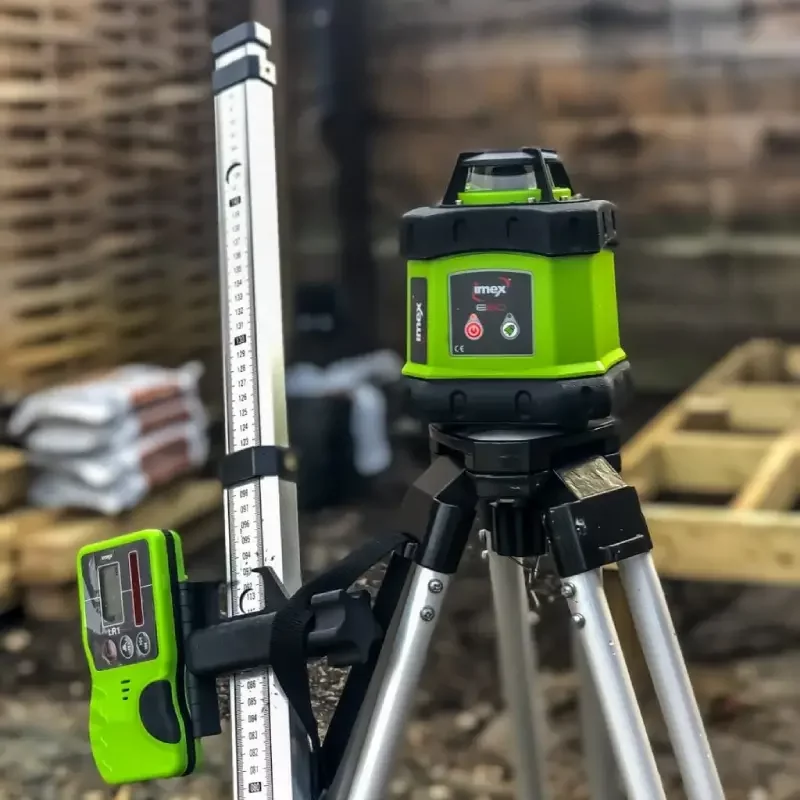
Credit: imexlasers.com
Maintenance And Care
Laser levels are tools that project a straight line of laser light. Essential for accurate measurements in construction. Proper maintenance ensures lasting performance.
Regular Cleaning
Clean the laser level often. Use a soft, dry cloth. Keep dust off the lens. It helps the laser stay accurate. Avoid harsh chemicals. They can damage the device.
Proper Storage
Store the laser level in a cool, dry place. Use a protective case. This prevents damage. Keep it away from water. Moisture can harm the laser. Avoid direct sunlight. It can cause overheating.
Calibration
Check the calibration often. Follow the user manual. This ensures accuracy. If unsure, get a professional to calibrate it. Proper calibration is key. It helps keep your work precise.
:max_bytes(150000):strip_icc()/spr-primary-hwortock-000-d6bd9f851d0940bdae934df97e1709e9.jpg)
Credit: www.thespruce.com
Frequently Asked Questions
What Is A Laser Level Used For?
A laser level projects a straight line over a surface. It’s used for alignment and leveling tasks in construction and DIY projects.
How Do You Use A Laser Level?
To use a laser level, place it on a flat surface. Turn it on, and align your project with the laser line.
Can A Laser Level Be Used Outdoors?
Yes, laser levels can be used outdoors. For best results, use a laser level with a higher visibility or a laser detector.
What Are The Types Of Laser Levels?
There are three main types: dot lasers, line lasers, and rotary lasers. Each serves different leveling and alignment needs.
Conclusion
A laser level is a valuable tool for precise measurements. It helps in construction, hanging pictures, and more. Easy to use and very accurate. Perfect for both professionals and DIY enthusiasts. Investing in a laser level saves time and ensures straight lines.
Always choose one that fits your needs. Happy leveling!

